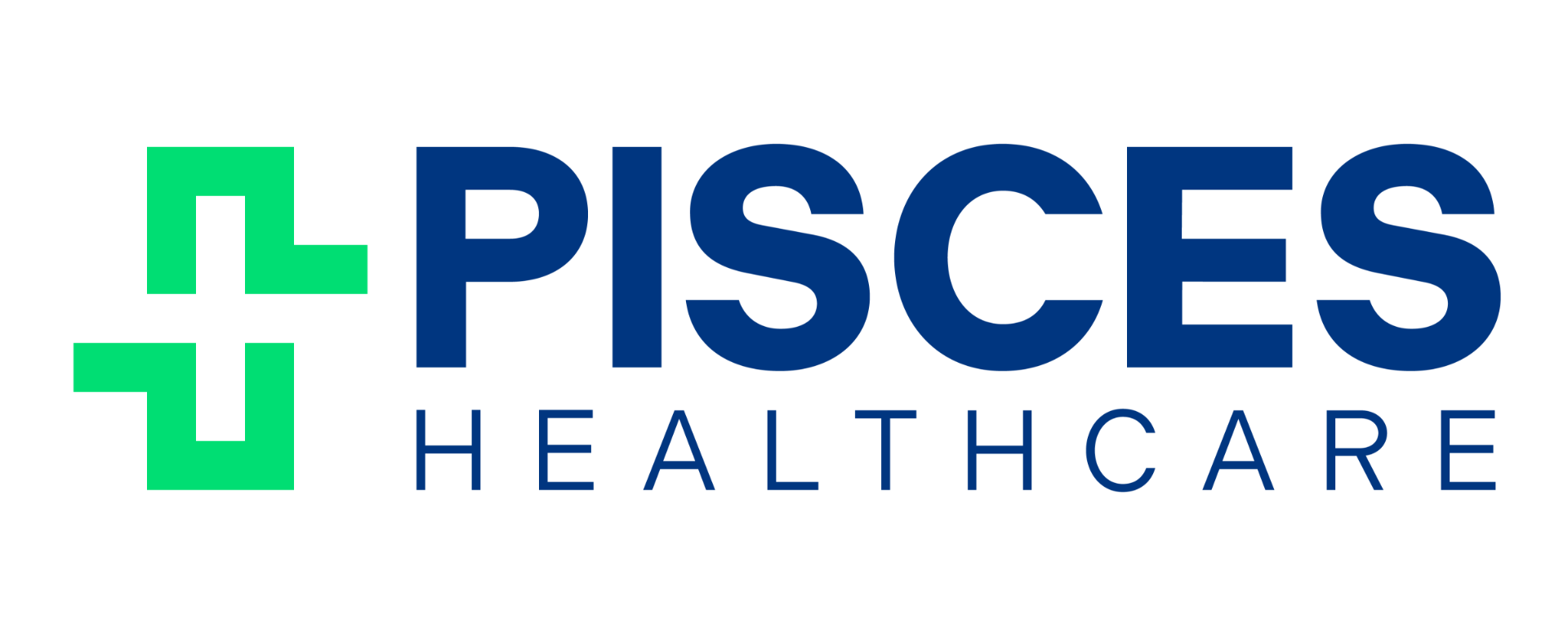You’ve probably heard of a ‘herniated disc’ - which is an abnormal protrusion of your spinal nerves pushing out of the canals in your spine.
But this hernia belt for women and men is for treating stomach and abdominal hernias - where your intestines or internal organs are pushing through your abdomen muscles, creating a visible bulge or pouch.
Many people get confused between an abdominal hernia and abdominal muscle strain as they have similar symptoms and causes. If you aren’t sure which condition you have, check out this chart to help diagnose your abdominal pain.
Why Would I Need An Abdominal Hernia Treatment Belt?
Unfortunately, the only way to completely treat and repair a hernia is through undergoing surgery. But you may be able to postpone hernia surgery or choose not to have it at all if a hernia is small.
If you are waiting for surgery, wearing this hernia support band will greatly reduce your discomfort. The pad on this hernia belt applies compression directly over your hernia to keep it in place so it doesn’t bulge out further.
If you do have surgery, your bulging intestine will be pushed back through the hole in your abdominal wall, then the hole will be sewn shut. You won’t be able to do much physical activity until you are completely healed, leaving your stomach vulnerable to muscle loss.
You can wear this belt with or without the pad to provide compression and support to your abdominal wall so your muscles heal properly. Hernia support belts protect your incision site and reduce the chances of your hernia recurring.
Why this is the Best Umbilical Hernia Binder for Women and Men
Removable Hernia Pad
• This pad has a raised bump which should be placed right on top of your bulge to help provide maximum compression to the hernia. This relieves abdominal pain when you move, twist, and even cough.
• The shape of the pad puts pressure directly on your hernia to help keep it confined and prevent it from protruding out more.
• You can wear it in preparation for your surgery as well as post surgery.
• Made silicone and plastic, surrounded by a thin Lycra cover (85% polyester, 15% spandex) making it comfortable yet tough enough to support a hernia in your abdomen.
• The fastener on the back of the pad allows you to remove it and place it anywhere along the belt, depending on the location of your hernia.
• The removable and washable cover is made of terrycloth fabric (100% polyester) making it soft and comfortable against your skin
This innovative pad makes our hernia brace better than a cheap one you might find at your local Walmart or CVS. If you already have a hernia belt but the pad is getting old or overused - you can buy an extra hernia pad here.
Easy and Quick Application
This hernia waistband belt for women is easy and quick to apply! Wrapping this hernia garment around your waist only takes seconds and doesn’t require any assistance to secure it. No pesky clasps or buckles! The easy fastener is convenient if you have arthritic hands.
Lightweight and Breathable Material
This hernia binder is comprised of nylon and spandex material and all parts of the brace are latex-free. This lightweight medical device enables you to wear it over your clothes or discreetly beneath them, depending on your preference.
Removable Flexible Spiral Stays Prevent Rolling
The stays located on both sides of the belt help ensure the brace doesn’t roll down or bunch up while you wear it. The splints provide stability but can be removed if you don’t need them.
Abdominal Hernias
Umbilical Hernias (also called Navel or Belly Button Hernia)
Incisional Hernias (also called Ventral Hernia
Groin Hernias
Inguinal Hernias
Rectus Femoral Hernias
Obturator Hernias
For groin hernias, check out our compression groin wrap to help support the region while you wait for surgery.
Esophagus Hernias
Hiatal Hernias
This belt is only recommended for abdominal hernias, which you can read more about below:
Types of Abdominal Hernias this Brace Treats:
Umbilical Hernias (Belly Button Hernias or Navel Hernias):
Umbilical hernias are when your intestine pushes through the muscle behind your belly button. Although umbilical hernias are most likely seen in babies after they’re born, they’re seen in adults too.
Umbilical hernias are frequently seen in women for many different reasons. Being an overweight individual, having frequent pregnancies or having twins, etc., past stomach surgery, and a chronic cough all make you more prone to umbilical hernias.
Symptoms of umbilical hernias include a bulge in the middle of your stomach, pain especially when coughing, pressure and discomfort.
Incisional or Ventral Hernias:
These hernias are a result of a past surgery to your abdomen region. Typically, abdominal surgeries such as having a C-section or getting a tummy tuck, make the muscles in your stomach or abdomen weak. This weakness leads to the development of hernias after your surgery.
